Table of Contents[Hide][Show]
#GreenUp2019 is a month long challenge taking place this January, helping our audience make greener, cleaner decisions. For more information on the challenge, read here and follow along on our Instagram.
you could win big.
Be sure to follow along on our Instagram, and post photos of your swaps or DIY concoctions using the hashtag #GreenUp2019 for the chance to win prizes! We’ll have a weekly winner, and a grand prize at the end of January.
We’re also excited to announce more details on our GRAND PRIZE. The ultimate #GreenUp2019 package will include a free year long membership & $50 shopping credit to Thrive Market, goodies from Beekeepers Naturals, a Home Cleaning Bundle from Meliora, a Laundry Bundle from MyGreenFills, and much more! You don’t wanna miss out on this, and its not too late to enter.
Green Up Your Beauty Routine
Today we’re taking on our favorite category (for obvious reasons), BEAUTY! That’s right, today we’re talking skin care and hair care. If you follow along with us, there’s probably a good chance you already know a bit about green and clean beauty.
We hope that this post helps you to take a little time today and check in on your bathroom cabinets. Take stock of any sneaky chemicals that might be hiding your ‘guilty pleasure’ products, and examine your labels for any signs of greenwashing.
Start Your Year Right. Join Us For Our #GreenUp2019 Challenge.
chemicals to avoid in your beauty products
We cover many of these chemicals our ingredient watch list if you’d like to read more. Add these to your own skin care guide, to help you make conscious decisions about toxic skin care ingredients!
1. phenoxyethanol
Because consumers have become aware of the potential problems with parabens, a newer preservative, under the name “phenoxyethanol” has emerged into conventional and even “certified organic” skin care as a “safer” alternative.
But don’t be fooled. Studies demonstrate this preservative shows toxic effects to the body in moderate concentrations. These effects include:
• reproductive and developmental complications
• contact dermatitis (skin irritation)
• damage to the brain and nervous system
2. benzoyl peroxide
Over the last decade, the popularity of pimple-zapping products has skyrocketed. Benzoyl peroxide is responsible for this, but you should be wary about using it. That’s because it’s been linked with the promotion of tumor growth. Beyond that, it produces toxic effects in the body simply through inhalation, and is a known skin, eye and respiratory irritant.
As if that isn’t bad enough, it’s extremely toxic if you swallow it. Just avoid it!
3. phthalates
A study done by the US Centers for Disease Control found a trace of phthalates in every single person they analyzed. This is problematic because phthalates – which are used in cosmetics and also in many plastic objects – have been found to act as a hormone disruptor linked to reproductive defects, insulin resistance and developmental problems in children.
Here’s the tricky part: phthalates usually aren’t listed on the label of your favored products, so you have to do a bit of sleuthing to determine their presence. They’re often found in anything that misleadingly lists “fragrance” as an ingredient. Stick to products that are scented with essential oils instead.
4. tetrasodium edta
Previously discussed in one of our Ingredient Watch List articles, tetrasodium EDTA is circling back around. Keep a look out for this chelating agent, which is cytotoxic and genotoxic.
Clinical tests show that tetrasodium EDTA increases the penetration of other chemicals. This is concerning, as this chemical is often contained in formulas with other ingredients that are deemed unsafe.
5. dioxins
Belonging to the “dirty dozen” list of dangerous chemicals, dioxins are of high concern. Existing in the food chain as environmental pollutants, dioxins have made their way into many skin care products. Because they are persistent compounds, they linger inside of our body for long periods of time.
According to the EWG’s Skin Deep Cosmetic Database, dioxins are known endocrine disruptors, strongly linked to cancer and toxic to the organ system and human development. Dioxins will not be listed on a label, but are often contained in antibacterial agents such as triclosan, PEGs and sodium laureth sulfate.
6. toluene
Toluene is often used in glues, adhesives, chemical detergents, dyes, paint and paint thinners, plastics and many other industrial substances. Why would we want that in our skin care?
Look out for this shady chemical also hiding under the names: benzene, methylbenzene, toluol and phenylmethane. You may see it in nail polish or hair coloring products. Read more about toluene’s toxic effects here.
7. triethanolamine (tea)
TEA is a fragrance ingredient, pH adjuster, surfactant, and emulsifier. It’s found in soaps, hair care, lotions, make up, perfumes and sunscreens. The health concerns include cancer, organ system toxicity, allergic reactions and bioaccumulation in the skin. Animal studies also show that even at low doses applied topically, it was linked with cell mutation.
Look for it under other names like DEA and MEA on the labels, too.
8. para-aminobenzoic acid (paba)
PABA is one of those dated ingredients, but it’s an important one to keep a lookout for, as it’s still out there in the world of sun protection. PABA is not known to wreak havoc in our bodies like other chemical UV blockers such as oxybenzone, but it raises a red flag for allergic reactions.
There have been several reports on the high percentage of people using PABA on their skin who have experienced allergic contact dermatitis as well as photocontact dermatitis.
Even PABA-esters, which have taken the place of PABA and are milder, have still caused the same skin reactions.
10. artificial dyes and synthetic colors
Whether you’re donning a shocking hot pink lipstick, a classic rouge to make those cheekbones pop, or rebellious black nail polish, if your favorite cosmetics are conventional, chances are they are just as dangerous as they are fabulous.
Many of the products you have are likely made with synthetic colors that are made from coal tar. Though pretty, these harsh artificial colors have been shown in studies to be carcinogenic and are likely to cause skin sensitivity and irritation due to the heavy metals they deposit on your skin when you use them
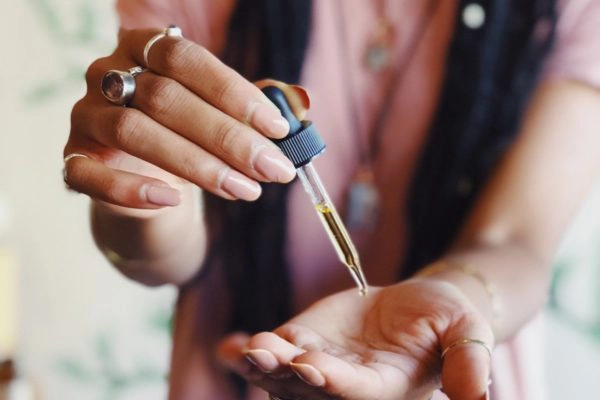
products to use instead
Look for brands that are not only branded as “natural”, but also clean. The best way to do this is by reading the label!
Using close-to-nature products that are made with herbs, oils and other natural ingredients will ensure that you’re nourishing your skin while keeping the chemicals off.
INGREDIENTS TO LOOK FOR
There are a plethora of different natural ingredients that will work for you based on your skin type. These are only a few, but you can check out a more thorough list here.
Dry Skin
Jojoba and Coconut Oil—These ultra-moisturizing oils help your body store water beneath the skin’s surface, smoothing the appearance of lines and wrinkles from the inside out.
Oily skin
Witch Hazel—A commonly known astringent, cleanses the skin of excess oil without stripping the skin’s protective barrier. Witch hazel also has calming properties, reducing the appearance of temporary redness and beautifying the skin’s general appearance.
Normal & combination skin
Aloe Vera—Aloe has almost 20 amino acids; minerals and enzymes – all of which are beneficial to skin. It is useful for both dry and oily/combination skin, as it is a great hydrator without being greasy or heavy.
OUR RECOMMENDATIONS
Skin: Annmarie Skin Care
Of course we’re recommending ourselves for skin care! Our products here at Annmarie Skin Care are truly clean, made from the highest quality natural ingredients and with full transparency on our labels.
If you’re looking to switch to natural skin care, our Restore Collection is a great place to start.
Hair: Hairprint
Hair care falls under beauty in our book. Hairprint is a favorite around the office, with a line of plant based product that will leave your locks luscious.
Their superstar product is their color restorer. While a typical hair dye ‘paints your hair,’ Hairprint restores your hair to the color it was before you went gray. It sounds too good to be true, simply because it is so unlike the way that typical hair dyes work. Learn more on their website!
Body: Summer Solace Tallow
We featured Summer Solace Tallow in one of our We Hearts, and their products haven’t left our office since (quite literally, one of their candles is burning in front of me right now). This line, established in May 2014 by Megan Bre Camp, includes ethical, deeply nourishing, and organic tallow-based skin care and home goods.
From candles, to soaps, to balms, all of Summer Solace Tallow’s goods are ultra close to nature and sustainably sourced. Plus, they’re offering 10% off their shop with code ANNMARIESKINCARE!
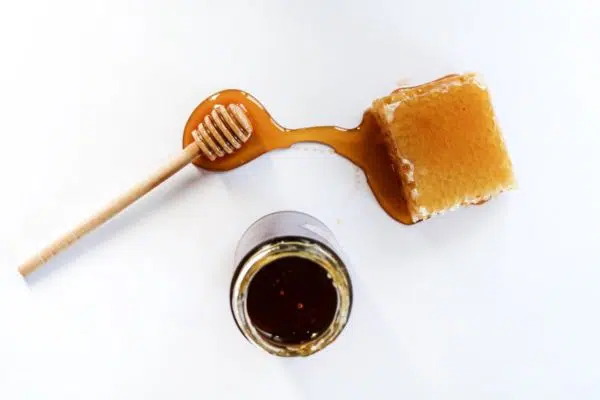
diy
We have a seemingly endless amount of beauty DIY’s on our blog for everything from skin care to bath bombs to hair care, but our all time favorite DIY is masking.
Check out this recipe, and find more DIY’s here
HONEY BANANA SOFTENING AND SOOTHING MASK
Best when skin is feeling dry, irritated, and parched. Helps infuse moisture and nutrients into skin, while encouraging gentle revival, leaving skin smooth and soft. If you’re going on a date, this is a good one to use beforehand!
Ingredients:
1 mashed banana
2 tablespoons honey
½ tsp Ayurvedic Scrub (optional)
1-2 tablespoons jojoba or almond oil
½ cup oats
Directions:
Mix together until creamy. Leave on for up to 30 minutes and rinse.
Start Your Year Right. Join Us For Our #GreenUp2019 Challenge.
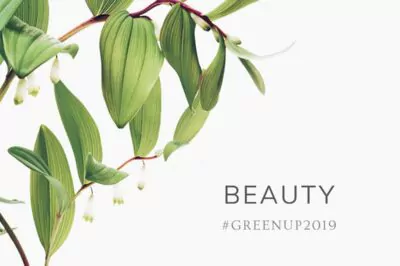
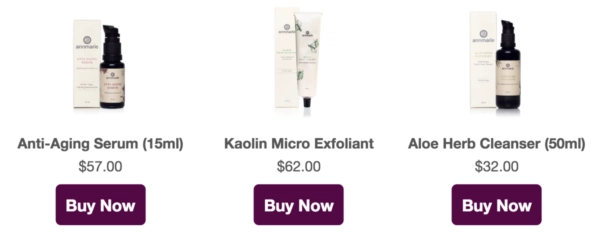



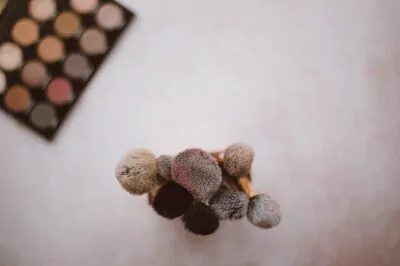


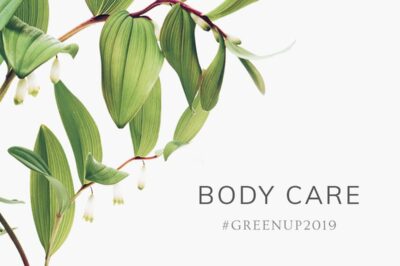
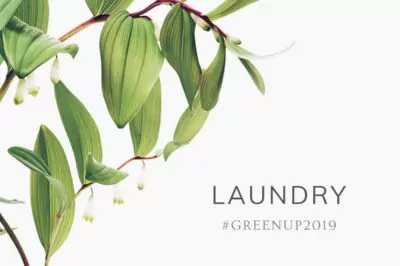
How has your #GreenUp2019 challenge been going? Share your experience with us in the comments!